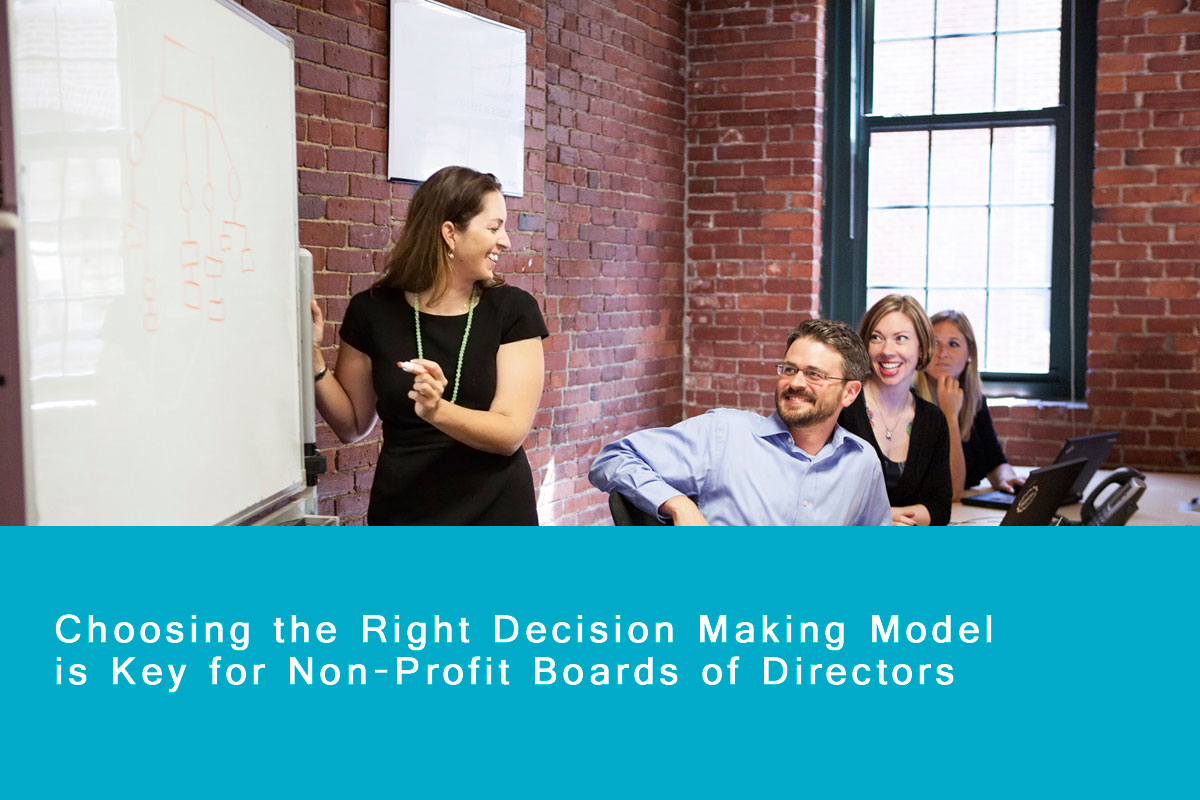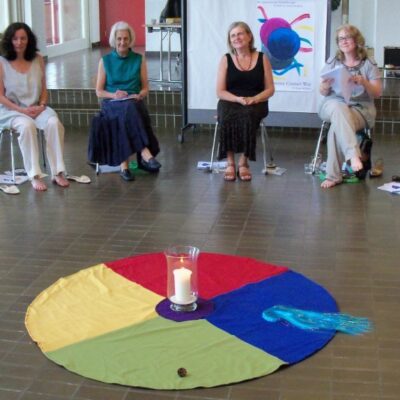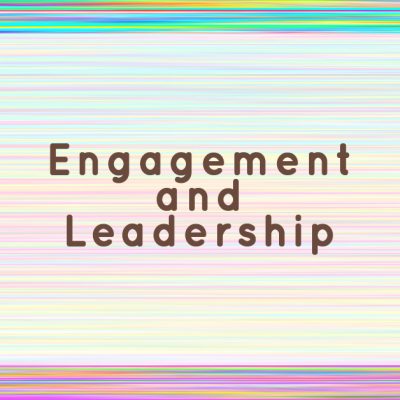
Non-Profit Board’s of Directors (BOD), like leaders in other types of organizations, have models for decision making. A common one in North America is following ‘Robert’s Rules of Order’ . The voting process includes a proposal, another person seconding the proposal, some opportunity for discussion, and finally the call for a vote, usually by a show of hands of ‘for’ or ‘against’.
When I participated as a Board member of a non-profit organization, it was a BOD that uses Robert’s Rules of Order. I experienced good people having their energy drained in this process, rarely speaking up in the discussion time as they are not convinced that there is a true invitation for discussion, and not feeling comfortable to vote according to their personal heart and values.
When I participated as a Board member in a different BOD, it was a BOD that used a consensus decision making model. Again, I experienced people not willing to speak up if their perspective was different. I experienced good people who would have made an important contribution doing their best to stay with the flow of showing their part of the consensus so as not to prolong the topic and thus avoid irritating other Board members.
The net result of both was a widening gap between the potential of the BOD and the results. In my experience, the best, richest and out of the box thinking options are discussed in small clusters of Board members after the meeting in the parking lot as people are getting ready to drive home, or in the bar or restaurant where a few may have a post-meeting debrief. In other words, the best wisdom, ideas, and possible solutions are lost to the organization itself, and lost to the benefit of the organization because of a model that has too many drawbacks.
One of the most important tasks that a BOD can undertake is to discuss its decision making model. A model such as Robert’s Rules of Order may not be the right one. At the other end of the spectrum, a model that offers consensus based decision making might also not be the right one. The questions that the BOD needs to consider are ‘what is the right model for us?’ and ‘do we need different decision making models for different types of decisions?’. I encourage BOD’s to include the subject of the right decision making model for its work.
- Get the subject of the decision making model onto the Board agenda with sufficient time allotted for a good discussion.
- Research decision making models.
- Provide options to the BOD for consideration
- Remind that BOD that ‘one size might not fit all’ and that they might need different models for different decisions
- Once a decision is made, equip the Chairperson, Vice Chairperson, and a few others on the BOD with the skills, knowledge, and capacity to use the models that the BOD deems will be more effective
This action alone can be critical in closing the gap between the potential of the BOD and its results.
What decision making model is your BOD or senior leadership team using? Is it working to get your best results?











Leave a Reply
You must be logged in to post a comment.